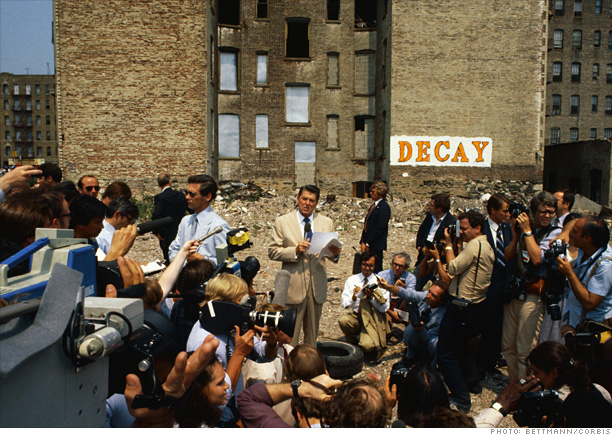
The history of the modern city is the history of conquering the “unruly”: real estate parcels, neighborhoods, buildings, and even people that threaten the rule of law, economic growth and cultural norms. But “unruly” is in the eye of the beholder as much as the power to rule is in the hand of the holder. Today cities are contested spaces across the globe, with uprisings, protest and political negation as long-term consequences of modernization. Designers denigrated unruliness in the pursuit of modernization in the 20th century, but today seem more conflicted on the constitution and remedies for disorder. Is disorder in the eye of the beholder? What disrupts urban life more, the broken windows of vacant houses or the arrival of Whole Foods in a poor neighborhood? The closure of a street by protestors against police violence, or the actions of police officers themselves? Upzoning or historic preservation? Every act of urban design — from participating in the architectural planning of a new building to the development of new forms of sustainable urban open space – creates, forecloses or alters the democratic use of the city. [ARCH/LAND/MUD 529]
What It Means to Study Here – closing remarks on the place-based version of the seminar, April 2023
